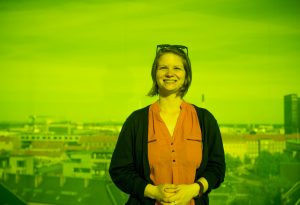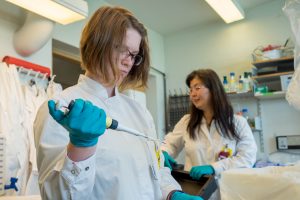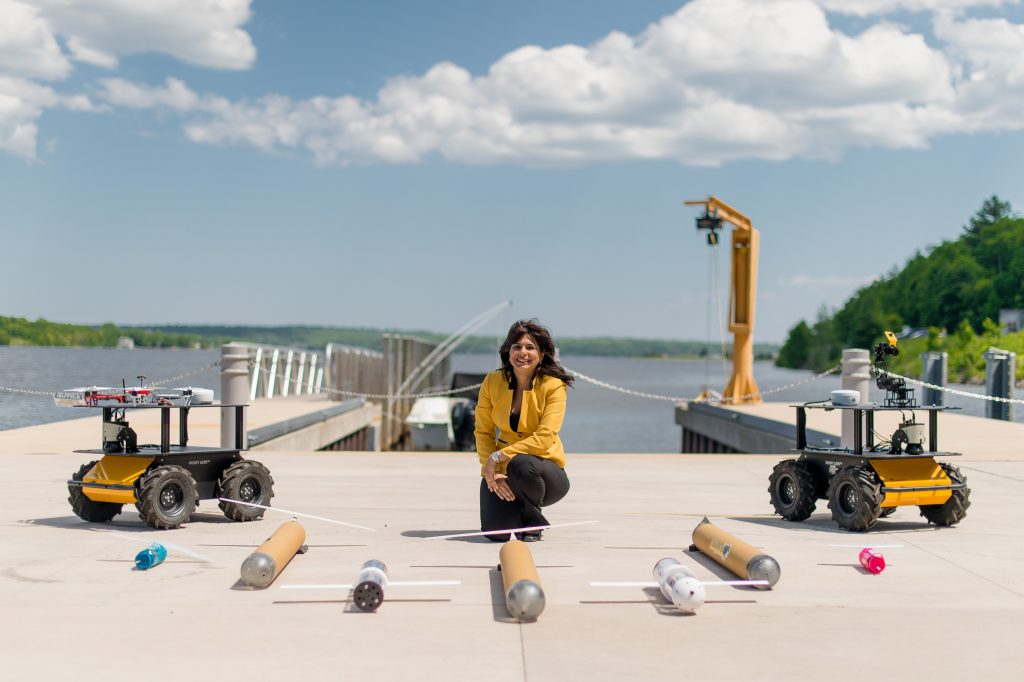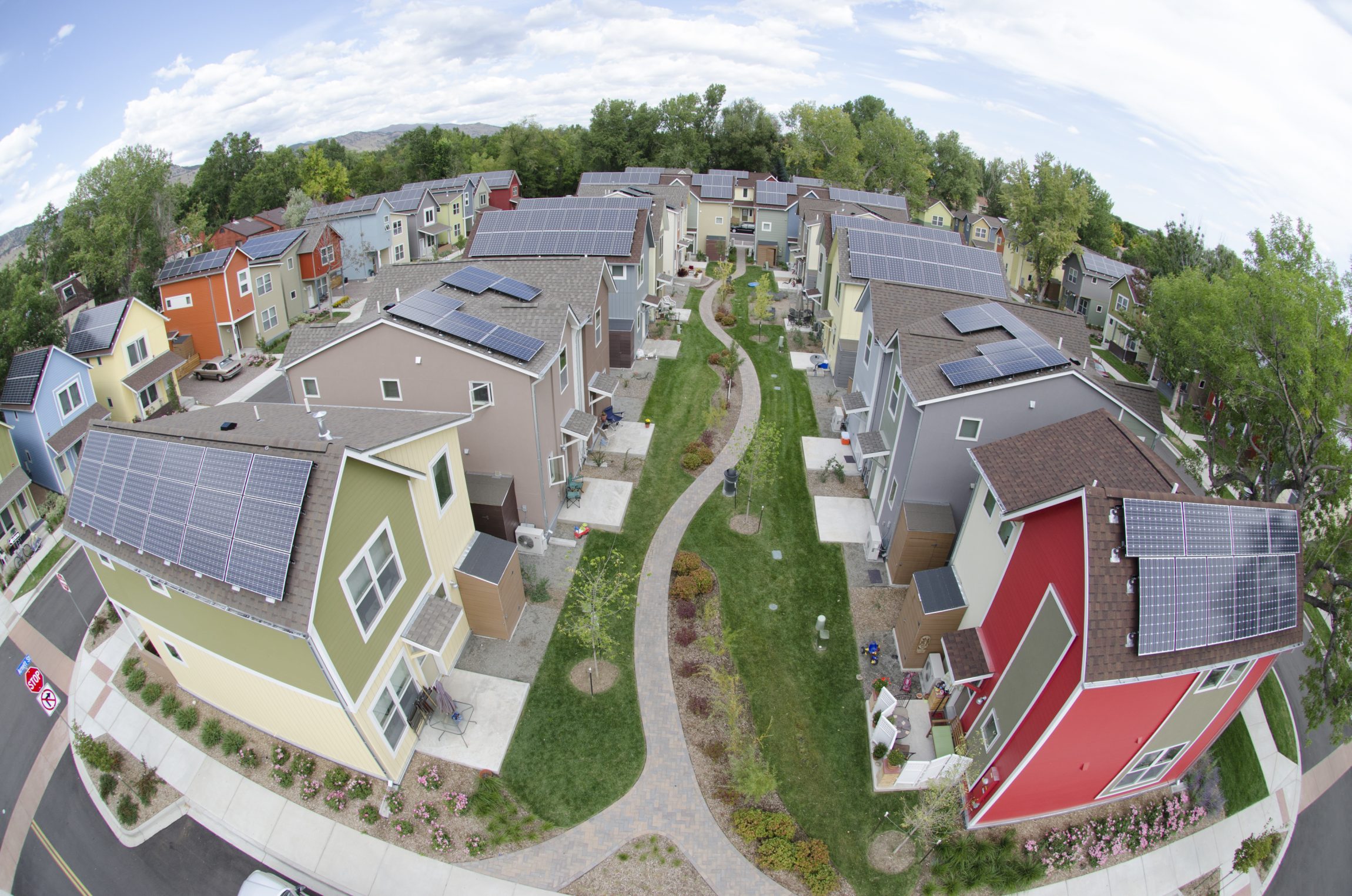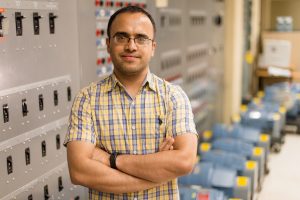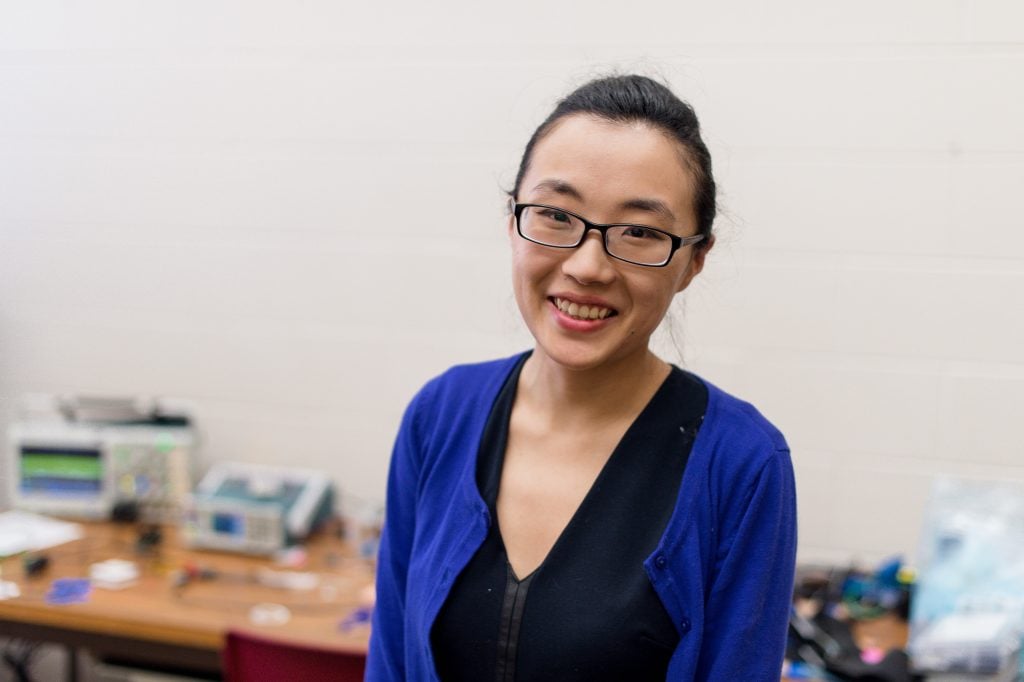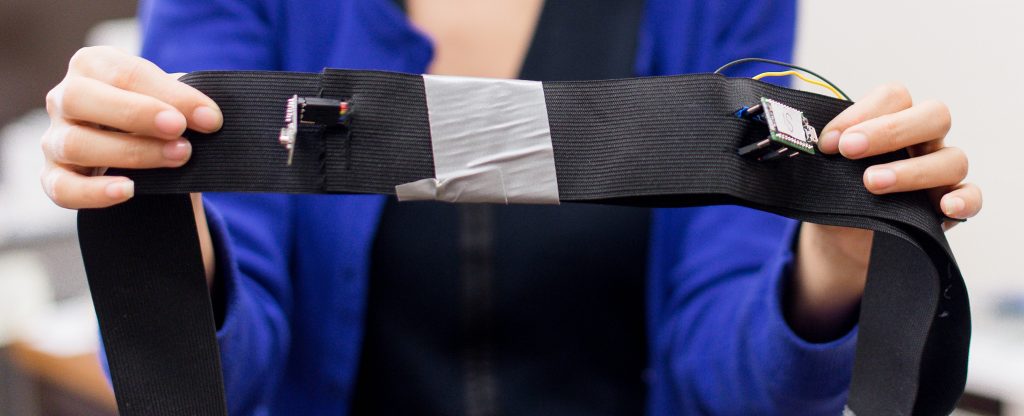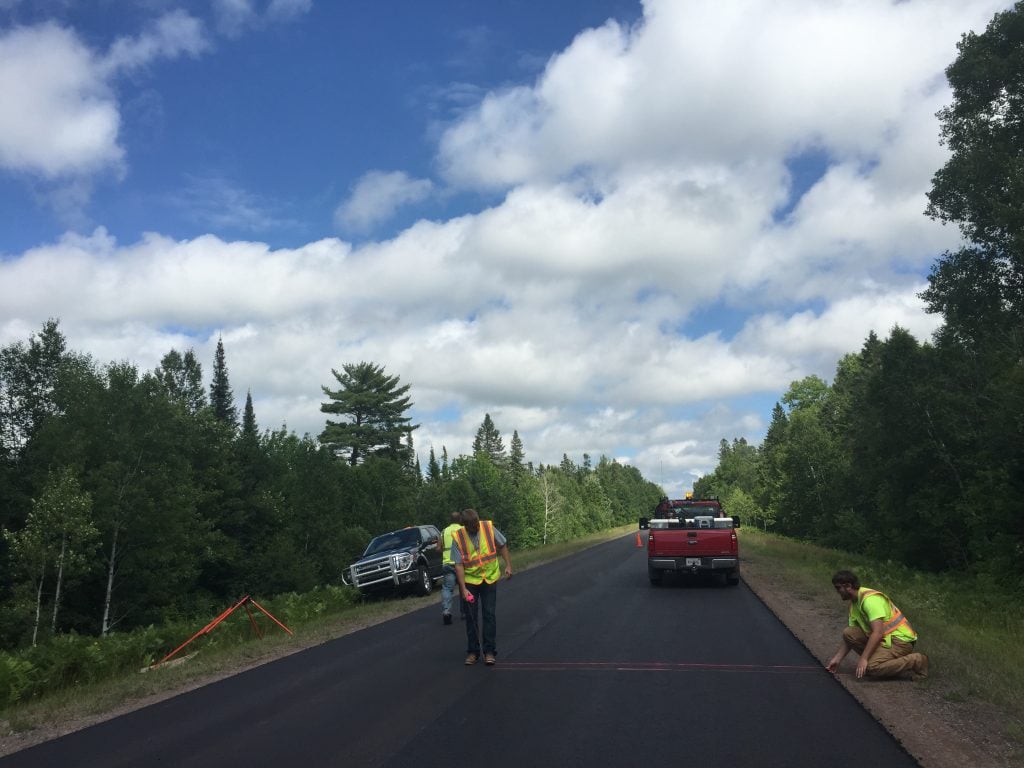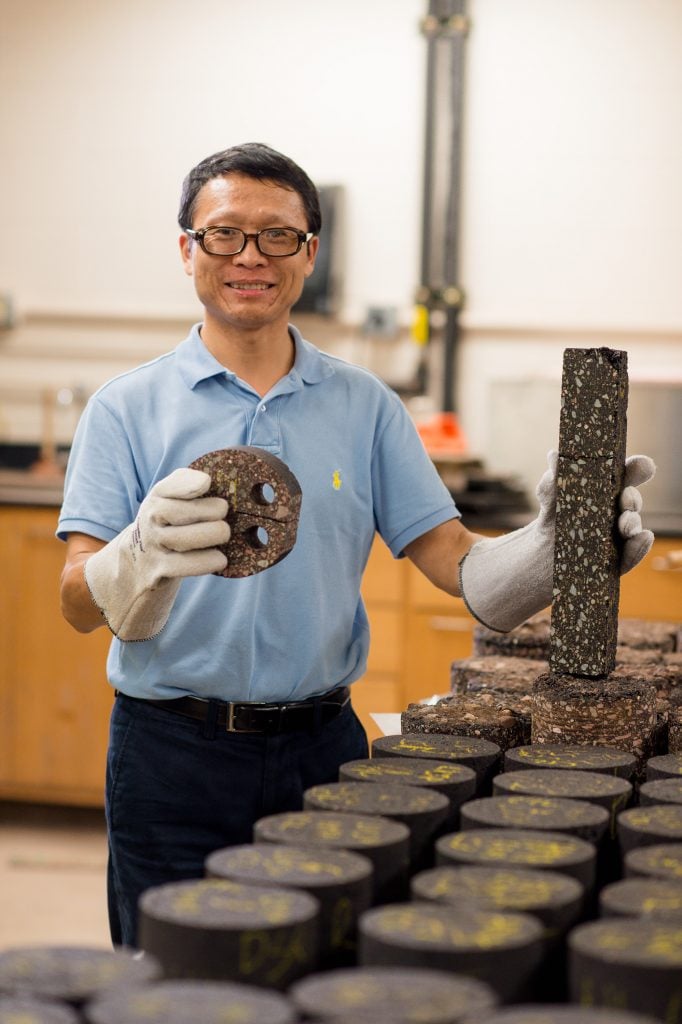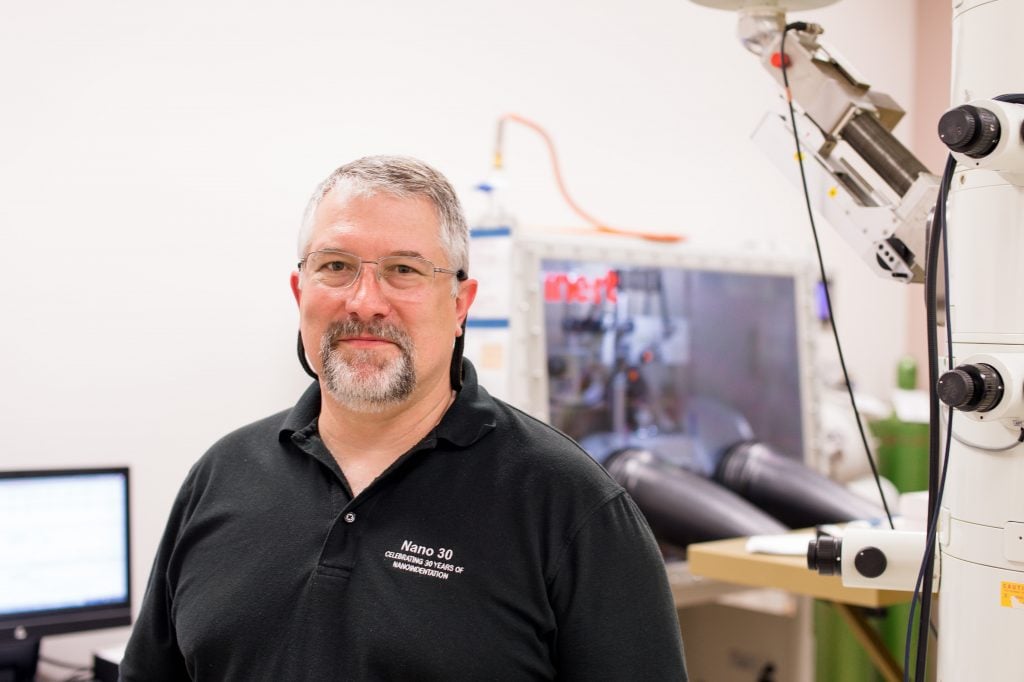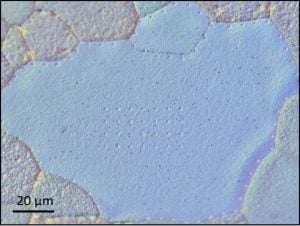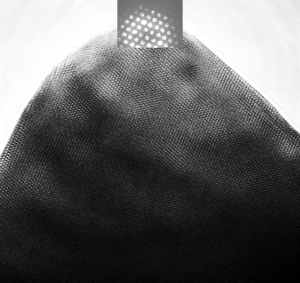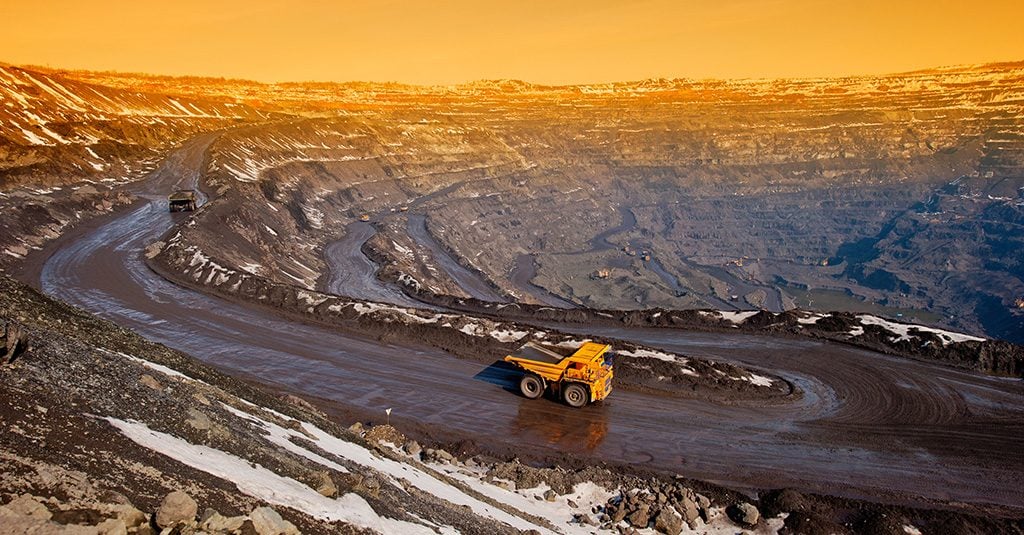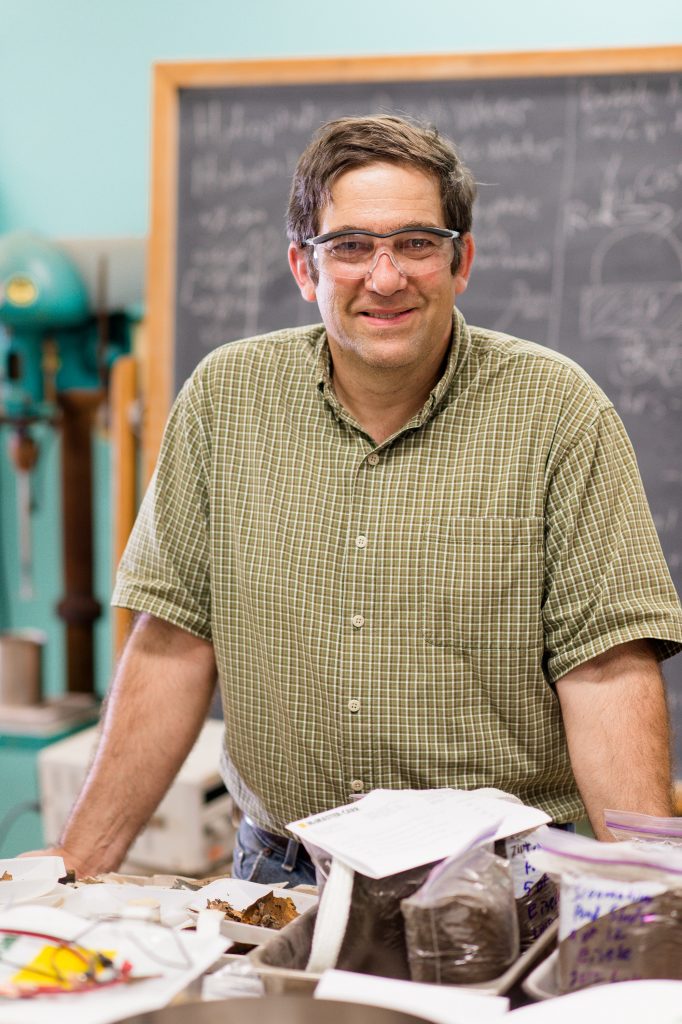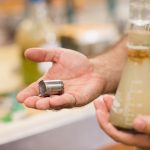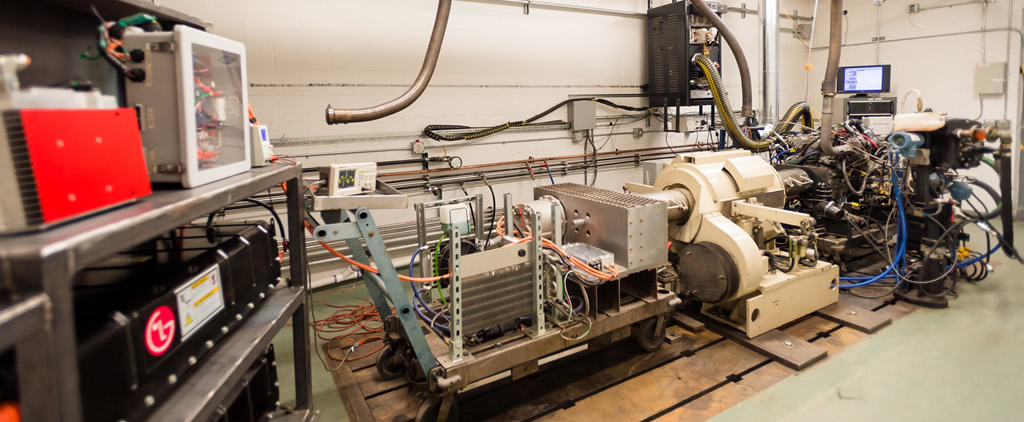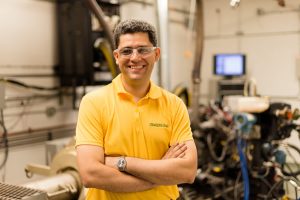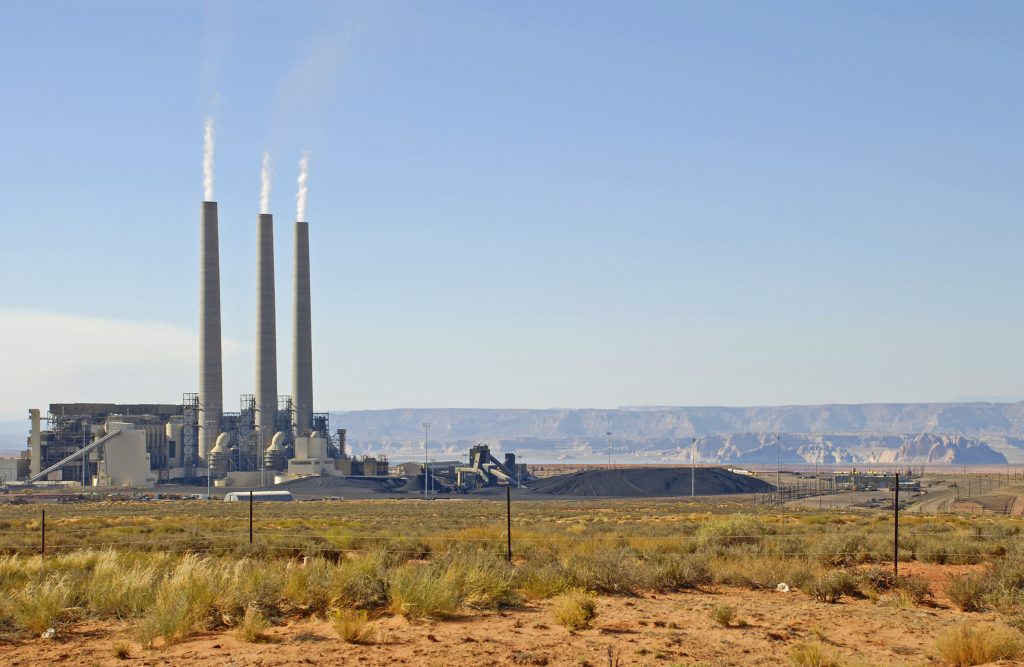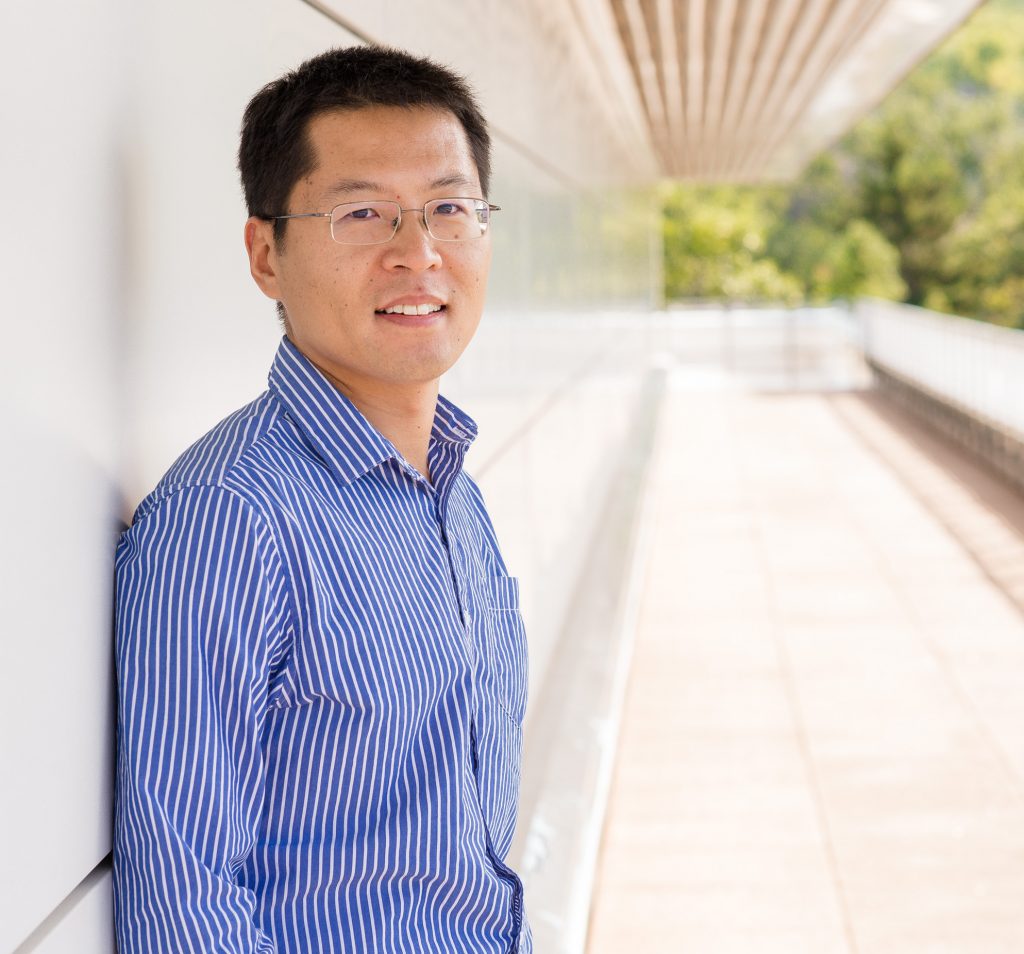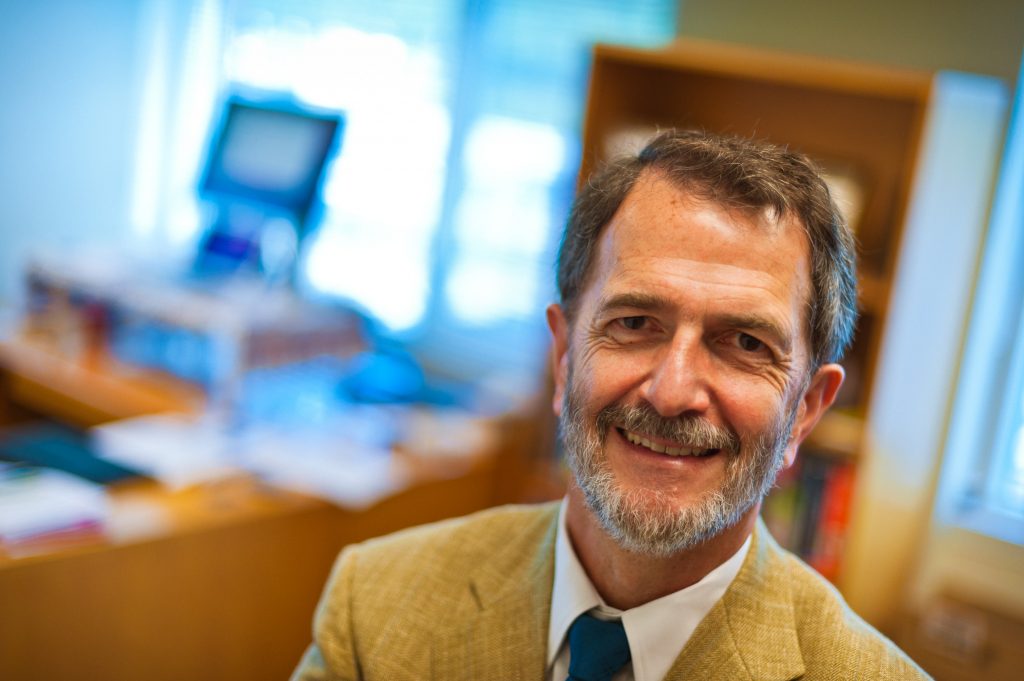
As a young boy fascinated by geology, Dr. Wayne Pennington probably never imagined he would personally experience several hundred earthquakes during his lifetime. (Yes, several hundred.) He will retire tomorrow as the dean of engineering and professor of geophysics at Michigan Technological University.
He hasn’t retired from the geosciences, though—at least not yet. Dr. Pennington is a world-recognized expert in earthquakes, oil and gas exploration and development, and the intersection of those fields. He has worked in academia and industry, and conducted field work at sites around the world. In the 1970s he studied tectonic earthquakes in Latin America and Pakistan. In the early 1980s he was on the faculty at The University of Texas at Austin and studied the relationship of earthquakes to oil and gas production. In the early 1990s he worked at the research laboratory for Marathon Oil Company.
Pennington joined Michigan Tech in 1994 as a professor of geophysics. In a 1997 article in The Leading Edge, a journal of the Society of Exploration Geophyscists, he coined a new term, “seismic petrophysics”. It described the first purposeful application of rock physics theory—calibrated by laboratory and well measurements—to the interpretation of seismic data. It was also a turning point among professionals in petroleum exploration. Pennington asserted that a more comprehensive understanding of the geological and fluid factors affecting seismic energy propagation would yield results greater than the sum of the parts.
“Professionals in petroleum resource development know of the exploration expertise here at Michigan Tech in large part because of the research and educational activities of Wayne and his students and collaborators,” says Dr. John Gierke, current chair of the university’s GMES department. “Their efforts are aimed at integrating geological and geophysical understanding, a coupling encompassed in ‘seismic petrophysics’ that bolsters both disciplinary aspects of exploration. The result has been more insightful interpretations and more promising discoveries.”
“The data-driven emphasis of ‘seismic petrophysics’ requires a thorough understanding of the complex interactions of rock and fluid mechanics on the seismic response when exploring for and developing petroleum resources,” says Michigan Tech alumnus Dr. Joshua Richardson, a geophysicist at Chevron Corporation. “This integrated approach allows petroleum to be produced as efficiently and safely as possible.”
As a professor, Pennington taught his students at Michigan Tech how to interpret integrated (geophysical, geological, and engineering) data sets for reservoir characterization. He also used earthquake seismology to teach geology and physics to local middle and high school students. His lab, SPOT, encompassed “the people, the laboratory, the computers, the publications, and the projects associated with seismology, petrophysics, and their union: seismic petrophysics.”
Pennington became chair of Michigan Tech’s Department of Geological and Mining Engineering Sciences in 2004, and then Dean of the College of Engineering in 2013. He continued his research activities as Dean, advising graduate students and publishing research results. He oversaw increases in undergraduate and graduate enrollment, degrees granted, and research expenditures. He hired four outstanding department chairs and promoted interdisciplinary cooperation and research within the college and across campus.
He has held other important positions during his career, including president of the American Geosciences Institute, Jefferson Science Fellow at the US Department of State and USAID, as well as outstanding mentor, advisor, colleague, supervisor, and friend.
During his last few days as Dean, Dr. Pennington generously answered our questions about himself and his plans for retirement.
Hometown:
I was born as the middle child of three to a dairy-farming family outside of Rochester, Minnesota. By the time I was 8 years old, we moved east, settling in Weehawken, New Jersey (above the Lincoln Tunnel into Manhattan). I earned a scholarship to The Peddie School, a private boarding school, for my last three years of high school. So I don’t really have a hometown other than the Copper Country, where I have lived longer than anywhere else.
Family:
My wife, Laura is a retired schoolteacher, most recently having taught at Hancock’s Barkell Elementary School. Our older son, Matthew, is an MD/PhD anesthesiologist with the University of Washington in Seattle where his wife is a gynecological oncologist; their son has just completed kindergarten. Our younger son, Keith, has degrees in biomedical engineering and business and is currently a PhD candidate in business at the University of Minnesota; his wife is a biomedical quality engineer for a large consulting firm. Both of our sons are Eagle Scouts and graduates of Houghton High School.
Number of times you have visited the site of an earthquake:
I have been in two large damaging earthquakes: in Pakistan in 1974 (the “Pattan” earthquake”) while living there and maintaining a seismic array for Columbia University; and in southern Mexico in 1979 (the “Petatlan” earthquake, magnitude 7.7) while setting up a local seismic array to monitor what turned out to be foreshocks. Including the aftershock series from those events, and many other smaller events, such as rock bursts inside coal mines and volcanic earthquakes on the Aleutian Islands, I have experienced at least several hundred earthquakes. I visited Haiti twice after the 2010 earthquake there; once as a member of a team from the US State Department, and once on a team from the United Nations.
How/Why did you choose geophysics?
I always loved geology, even as a small child. But once I got to college and realized I could do geoscience using math, there was no question of the subdiscipline that beckoned. Field work in exotic locations was also a major draw.
How/Why did you choose Michigan Tech?
When I decided to leave a comfortable job at an oil company research center, having determined that the job I enjoyed there would not exist much longer, I looked for a return to academics at an institution that was the “right” size, where I could merge science and engineering, and where applied research was valued. Michigan Tech was one of the rare institutions that ticked all boxes. Returning to the northern Midwest was attractive, particularly because the earthquake hazard is low here.
Part of the job you enjoyed most as professor, chair and then dean?
All those positions had their positive aspects, but I must say that I missed teaching and working with graduate students once I got a couple years into my position as dean.
Most rewarding aspect of your job?
Retirement. You know the joke about the two happiest days in a boat-owner’s life (the day he buys his first boat, and the day he sells his last boat)? It’s like that: there were many exciting and rewarding aspects in each of my career stages, both in academia and in industry. Starting each new position was exciting, yet so is leaving the last one.
Number of graduate students advised?
I’m not sure, but it numbers in the dozens.
Your biggest goal now?
I have a few short-term goals: attending a bar-tending class to improve my skills at making craft cocktails; continuing to offer training to industry; better understanding induced seismicity from wastewater injection; and evaluating the possibility of writing a book on “seismic petrophysics”. All while maintaining my kayaking and trail-developing skills. I will spend February through May of 2019 on a Fulbright at Curtin University in Perth, Australia, researching ways to better monitor oil and gas production and carbon sequestration.
What advice do you give to new students? New faculty? New chairs? New deans?
Don’t let anything or anyone discourage you. Listen to opinions but make up your own mind. Maintain your integrity above all else.
Best advice you’ve gotten so far about retiring?
I haven’t listened to any of it.
Thank you, Dr. Pennington—we wish you the absolute best in your new endeavors as a professor emeritus and research professor of geophysical engineering!
Words of wisdom written by Dr. Pennington over the years, just a sampling:
Students
“Students these days are a bit different from when I was (or many of you were) sweating over finals and cheering for our teams. They understand the need for natural resources, but are equally concerned about people and the environment, and their own lifestyle choices. They want to know how to make use of natural resources sustainably (leaving no legacy for others to deal with), and how to allow indigenous peoples to benefit from the development. They are concerned with how Earth works, but they want to use that knowledge to directly aid those who live the path of volcanic flows, or in earthquake hazard areas—while learning details about the internal operations and mutual interactions of features from the core to the atmosphere, and beyond. They want to combine engineering applications with natural science observations. In short, they want to ‘do’ and not just ‘learn.’”
Valued colleagues and their retirement
“As many of our long-time faculty retire, they are, in some sense, replaced by new faculty. In another sense, of course, these retiring faculty can never be replaced. Who can claim the legacy of Lloyal Bacon, perhaps the most-loved professor I have ever met? Nobody.”
Teaching
“In most classrooms, the students work on a problem, they get the right answer, and they’re done. But we all know that, in the real world, you work on a project—something unexpected happens—and you have to figure out the problem, explain it to your colleagues, and collectively plan your response to the situation.”
Research
“The research we do is conducted through computer modeling, in the laboratory, or in the field—from inside the Earth to outer space and everywhere in between—but it has common goals.”
—Wayne Pennington
